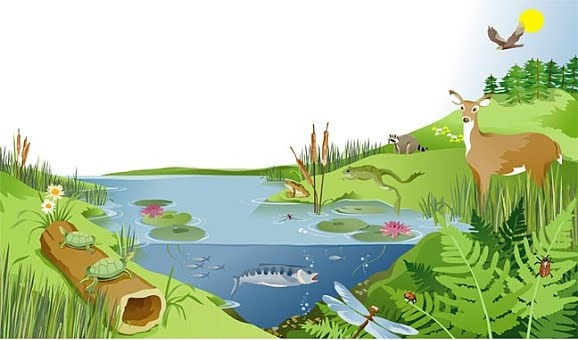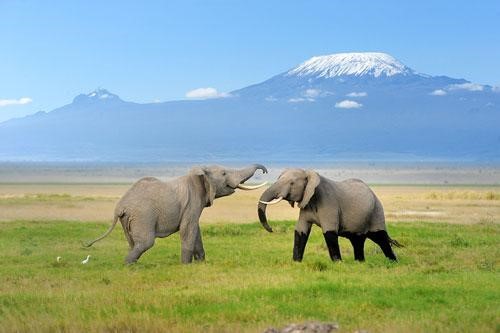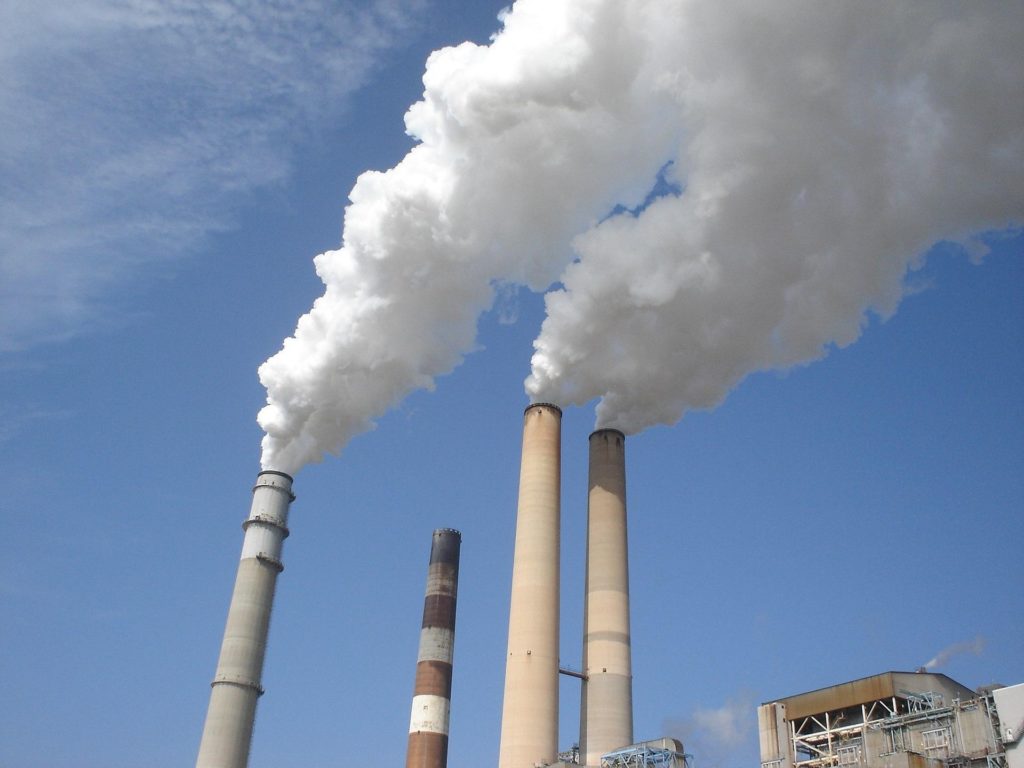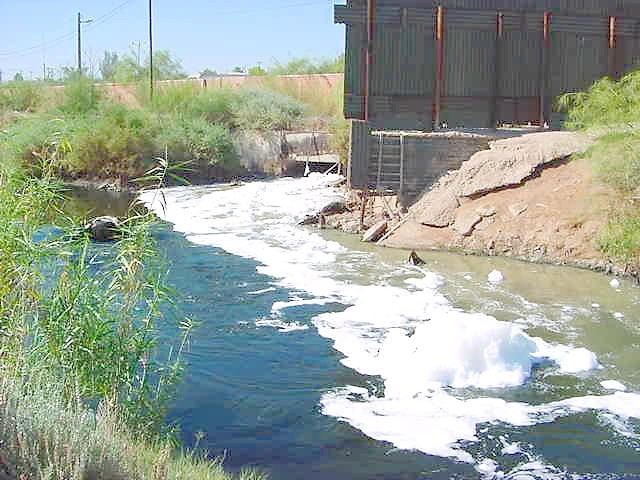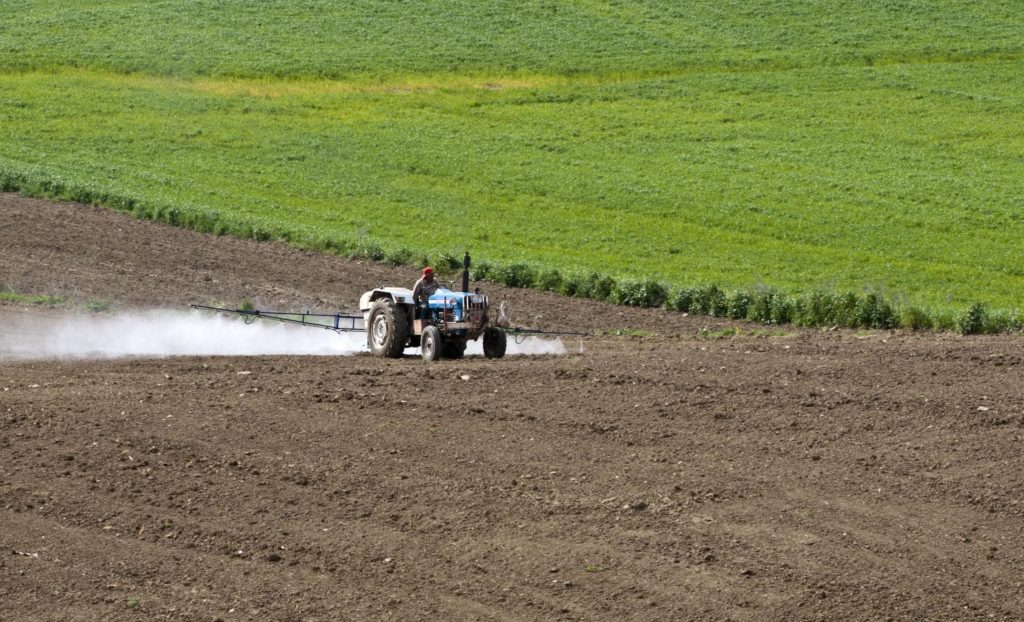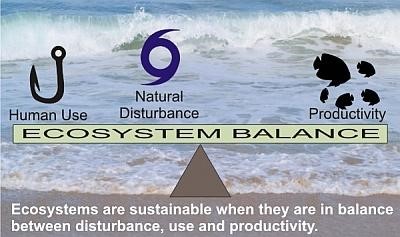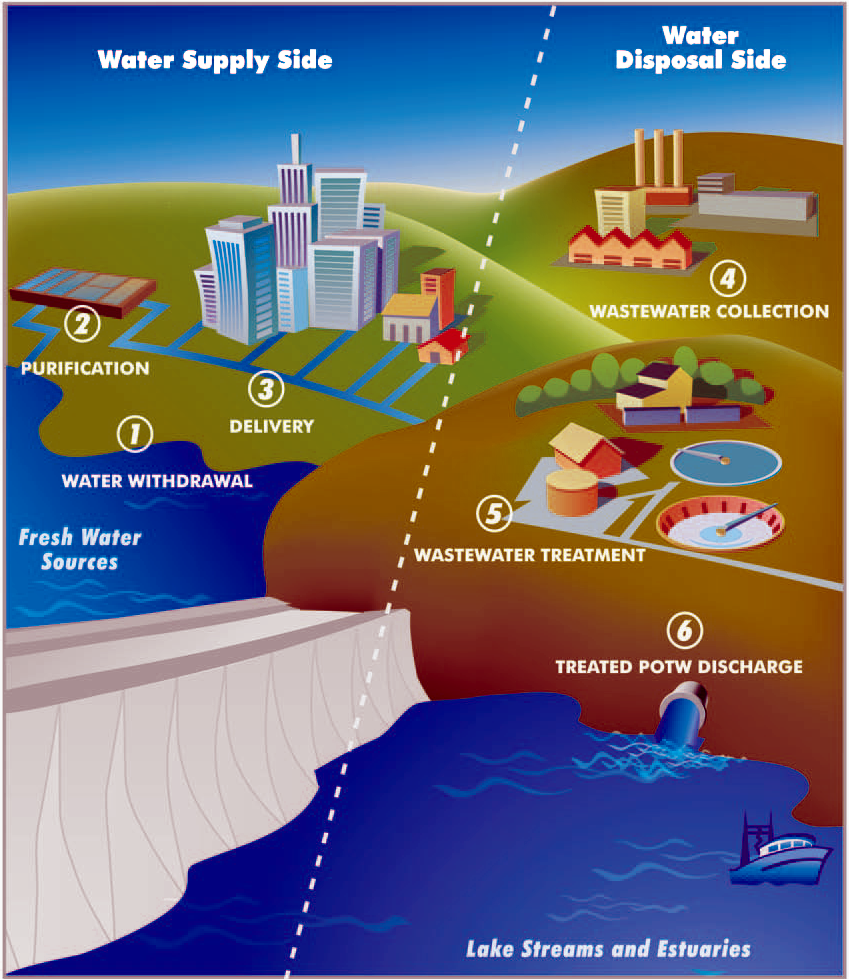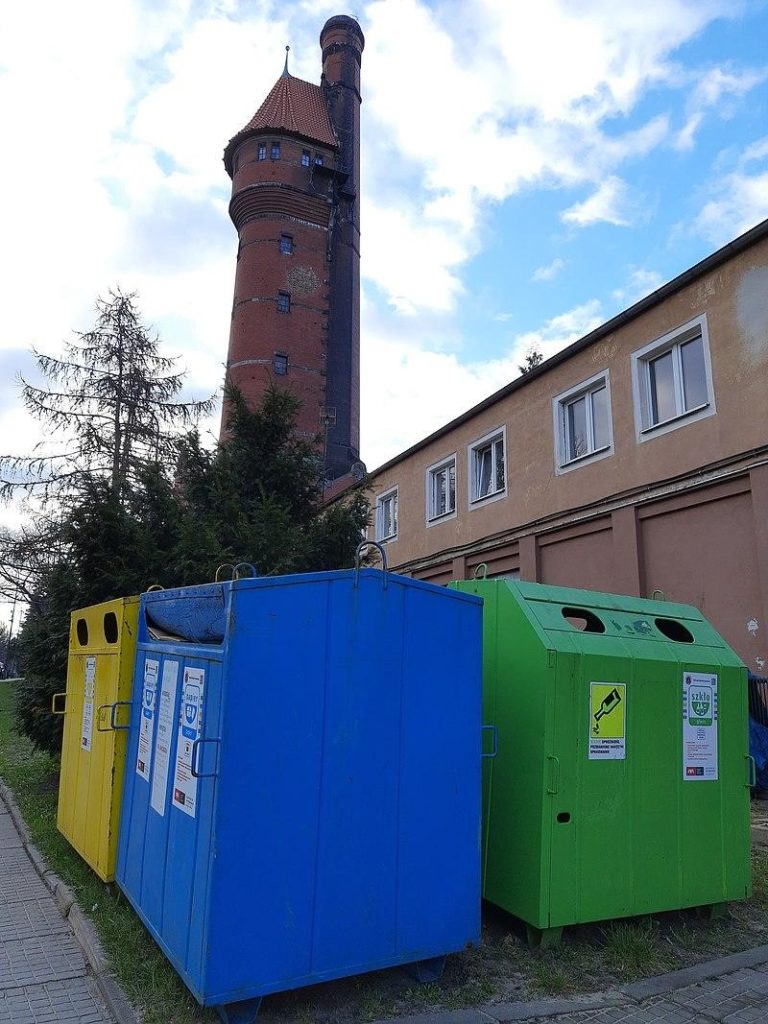What is an Ecosystem?
When it comes to understanding ecosystems and sustainability, having a solid grasp of what each one is, is an important foundation. An ecosystem is a community of living organisms and a variety of other elements in the environment they inhabit. The ecosystem is also the basic unit of the scientific study of nature. It has two main components:
The biotope (abiotic): the physical environment with all its physical and chemical characteristics. These include temperature, climate, humidity, sunlight, pH levels, gases such as oxygen and carbon dioxide, and the nutrients found in the soil.
The biocenosis (biotic): all living organisms that belong to and interact with the local environment. Animals, plants, insects, fungi, and micro-organisms are in interconnected and interdependent relationships.
How Do Ecosystems Work?
Ecosystems are balanced communities in which living and nonliving elements interact in a multitude of ways. Each biotic organism and abiotic element has a part to play in ensuring stability in an ecosystem. Furthermore, the interactions between all the parts of an ecosystem are involved in numerous ecological processes that allow the ecosystem to thrive and survive.
Let’s take, for example, a simple representation of a grassland ecosystem. In the grasslands, plants take root in the soil and grow by taking in sunlight, air, water, and nutrients from the earth. The gazelle, a herbivore, would then consume these plants for its sustenance. Throughout its lifetime, the gazelle will leave droppings that nourish the soil and allow future plants to grow. The lion will then eat the gazelle as its own source of food and energy. After some time, the lion will die, its body will decompose, and its nutrients are returned to the soil.
Although ecosystems operate with the goal of stability, they are never static systems. Ecosystems are dynamic, perpetually in motion, and continuously interacting and changing in composition. An ecosystem can also be impacted by external factors and events from both natural and artificial sources. Natural phenomena, such as calamities, as well as human activity can inadvertently transform an environment, which has direct consequences on an ecosystem. These impactful forces can cause an ecosystem to develop rapidly, or slowly, or even make it disappear altogether.
Human Impacts on Ecosystems
The world’s ecosystems rely on ecological balance to function properly and allow the survival of all of earth’s species. Unfortunately, however, human activity has had an increasingly detrimental impact on the biodiversity of world ecosystems.
Atmosphere
The majority of human energy production involves the release of excessive amounts of carbon dioxide and other gases into the atmosphere. These gases contribute a large part to the Greenhouse Effect, often accused of being the main culprit of global warming.
Air pollution caused by human settlements such as cities is also a major negative impact humans have on the atmosphere. Toxic chemicals, volatile organic compounds, particles that produce smog and acid rain, chlorofluorocarbons that destroy the ozone layer, are examples of pollutants tied to urban settlements.
Water
Water is one of the most precious substances on earth. Covering 71% of the world’s surface, it is essential to all forms of life. However, global concern for the proper management of this important resource has only arisen during the 20th century. Urbanisation and human development continue to pollute clean water sources. On the other hand, a significantly large number of the world’s population still struggles to gain access to clean and safe water.
35% of human water use is unsustainable. To fulfill industrial and agricultural demands, large amounts of water have been extracted from freshwater sources, changing the cycles of rivers and lakes, and affecting water quality and the global water cycle.
Land Use
Irresponsible and unsustainable land management and development have contributed greatly to the loss of biodiversity in many sectors around the globe. Land use is directly tied to the biosphere, and any artificial alteration or transformation to the surrounding environment has compounding effects on water and biogeochemical cycles.
Food
For the most part, the food we consume is grown on the land we cultivate, and 7 billion hungry mouths take a definite toll on Mother Earth’s resources. To add to this, the resource-intensive activities of the agricultural industry continue to employ harmful and wasteful methods to meet such high demand — from irrigation water to chemical fertilisers and pesticides, to packaging and transport.
Materials, Toxic Substances, Waste
The dramatic increase in the production of synthetic chemicals began after the Second World War. Contemporary human activity has used vast amounts of synthetic herbicides, pesticides, fertilisers, cleaning products, and other hazardous substances. Although not all synthetic chemicals are harmful, we must be wary of those that contain substances such as heavy metals, chlorofluorocarbons, nuclear waste, organic pollutants, and those that can accumulate in natural environments.
Ecosystems and Sustainability
As we’ve talked about earlier, humans have grave impacts on the state of ecosystems and the many ecological processes that run them. It is important to note, however, that humans are just as reliant, or even more reliant, on the world’s ecosystems as all the other species on this planet. It then follows that our species should put a greater emphasis on caring for our common home.
Today, in order to combat the terrible global impact of man-made activities, the world has turned towards sustainability as a possible solution and countermeasure.
Sustainability
Sustainability is the ability to meet the needs of the current situation without compromising future generations’ ability to meet their own needs. Alternatively, it can be described as the long-term viability of communities, social institutions, and societal practices. Sustainability aims to ensure that the economic and environmental development of people in the present does not take away the same opportunities for wealth, welfare, utility and development for future generations.
Sustainability calls for individuals, communities, companies, and institutions to consider long-term viability over short-term prosperity. To add to this, sustainability is not just for the environment, it is a holistic approach that considers ecological, social and economic parameters towards enduring success.
In ecology, sustainability pertains to how biological systems remain productive and diverse over a long period.
The Three Pillars of Sustainability
Environmental Protection
Sustainability is most often associated with environmentally conscious practices and processes. The first of the Three Pillars stand on ecological integrity, the balance of all environmental processes, and the responsible human consumption of natural resources. Sustainability is directed towards ensuring the utilisation of natural resources occurs at a rate that nature can replenish in the future.
Economic Development
This pillar ensures different human communities have access to the resources that they require to fulfil their needs. This also aims to keep economic systems intact and make the activities essential to one’s livelihood available. In short, economic development allows people to attain their wants and needs without compromising their quality of life.
Social Development
The pillar of social development pertains to all human beings being provided fair and equal rights and treatment. One of its goals is also to ensure that all people have access to necessities and enough resources to keep families and communities safe and secure. Following this pillar, a sound community is one free from discrimination headed by leaders who guarantee that human rights are upheld.
Why is Sustainability Important?
We have previously tackled how human activities can have a large impact on environmental and ecological processes. Following the industrial revolution, the human race has witnessed great advancements in technology and development at the cost of many of our world’s natural resources. Today, hardly anyone is a stranger to the greenhouse effect, global warming, and great concern for the environment and its devastating effects on human welfare. It is true that in this situation, we reap what we sow.
Sustainability is our collective response to this global ecological crisis. Through its guiding principles, human activity is limited to an amount that is within nature’s carrying capacity. Ultimately, sustainability’s primary goal is to guarantee a good future for human beings, the environment, and all other species that call Earth home.
Efforts Towards a Sustainable Future
It is easy to see which human activities are dangerous to sustainability, but determining which are conducive to sustainability is not as simple. Efforts towards sustainability range from institutions modestly “going green” to a radical overhaul of global political and economic order.
In general, however, gradual sustainability efforts must follow a top-down orientation with governments and global institutions such as the United Nations enacting policy changes in multiple sectors such as industry and agriculture. There must also be a visible progression towards more mindful resource management. Renewable resources must be conserved to ensure their long-term utility, and non-renewable resources must be consumed at rates that facilitate the transition to other alternatives. Additionally, the emission of toxic waste and other waste products must be contained within the bounds of the natural system’s ability to assimilate these materials.
Arguably of prime importance to sustainability is the continuation of efforts to manage long-term environmental issues such as climate change, the destruction of natural habitats, and the loss of biodiversity. A greater effort is still needed to protect many species, habitats, and ecosystems around the world.
Management of Human Consumption
Energy
The biggest contributor to the greenhouse effect is carbon emissions. At present, the reduction of atmospheric carbon dioxide levels must be done in the face of global population growth, and many countries’ aspirations towards a high-energy, high-consumption lifestyle typical of the West.
Water
Globally, efforts towards water efficiency are led by an increase in the management of water demand, the improvement of infrastructure, reducing the water intensity of goods and services, and addressing water shortages in less-developed sectors. In agriculture, efforts are focused on the development of water productivity and the concentration of food production in highly productive areas. Small-scale, localised efforts include harvesting rainwater and reducing water consumption.
Food and Agriculture
As discussed earlier, agriculture imposes significant stress on our world’s resources. In response to this, there is a movement towards sustainable agriculture and organic farming, practices that forgo the more harmful industrial farming methods. In local spheres, communities have been initiating local food production, the productive use of urban wastelands and domestic gardens, sustainable gardening and organic gardening.
Waste Materials and Toxic Substances
The concept of “reduce, reuse, and recycle” has been around for quite some time. In line with this, governments and businesses have begun to turn industrial waste products into resources. The trend towards “going green”, industrial ecology, ecodesign, and eco-labelling has also incentivised dematerialisation. At the individual level, consumers are now increasingly motivated towards ethical consumerism.
Frequently Asked Questions
What is the concept of ecosystem services?
Ecosystem services are the benefits that humans receive from functioning ecosystems. They include provisioning services (e.g., food, water), regulating services (e.g., climate regulation, water purification), cultural services (e.g., recreation, aesthetics), and supporting services (e.g., nutrient cycling, soil formation).
How can ecosystems contribute to sustainable development?
Ecosystems contribute to sustainable development by providing essential resources, supporting livelihoods, regulating natural processes, maintaining biodiversity, and offering recreational and cultural opportunities. Proper management and conservation of ecosystems are key for long-term sustainability.
What is biodiversity conservation, and why is it important?
Biodiversity conservation refers to the protection and preservation of the variety of plant and animal species in an ecosystem or across the planet. It is important because biodiversity plays a critical role in maintaining ecosystem stability, resilience, and functioning.
How can we promote sustainable practices in agriculture?
Sustainable practices in agriculture include organic farming, crop rotation, agroforestry, precision farming techniques, efficient irrigation systems, integrated pest management, and the use of renewable energy. These practices minimize environmental impact while ensuring long-term food production.
What is the role of protected areas in ecosystem conservation?
Protected areas, such as national parks, wildlife sanctuaries, and nature reserves, play a vital role in conserving ecosystems and protecting biodiversity. They provide habitats for species, help maintain ecological processes, and support scientific research and environmental education.
References
- Ecosystem: Definition, Examples, Importance – All About Ecosystems. (n.d.). Retrieved from YouMatter: https://youmatter.world/en/definition/ecosystem-definition-example/
- Ecosystems. (n.d.). Retrieved from Sustainable Environment: https://www.sustainable-environment.org.uk/Earth/Ecosystems.php
- What is sustainability? (n.d.). Retrieved from Mcgill.ca: https://www.mcgill.ca/sustainability/files/sustainability/what-is-sustainability.pdf
- Sustainability. (n.d.). Retrieved from Environment and Ecology: http://environment-ecology.com/what-is-sustainability/247-sustainability.html
- Sustainability. (n.d.). Retrieved from Britannica: https://www.britannica.com/science/sustainability
- Sustainability. (n.d.). Retrieved from Environmental Science: https://www.environmentalscience.org/sustainability
- Sustainability. (n.d.). Retrieved from YouMatter: https://youmatter.world/en/definition/definitions-sustainability-definition-examples-principles/

